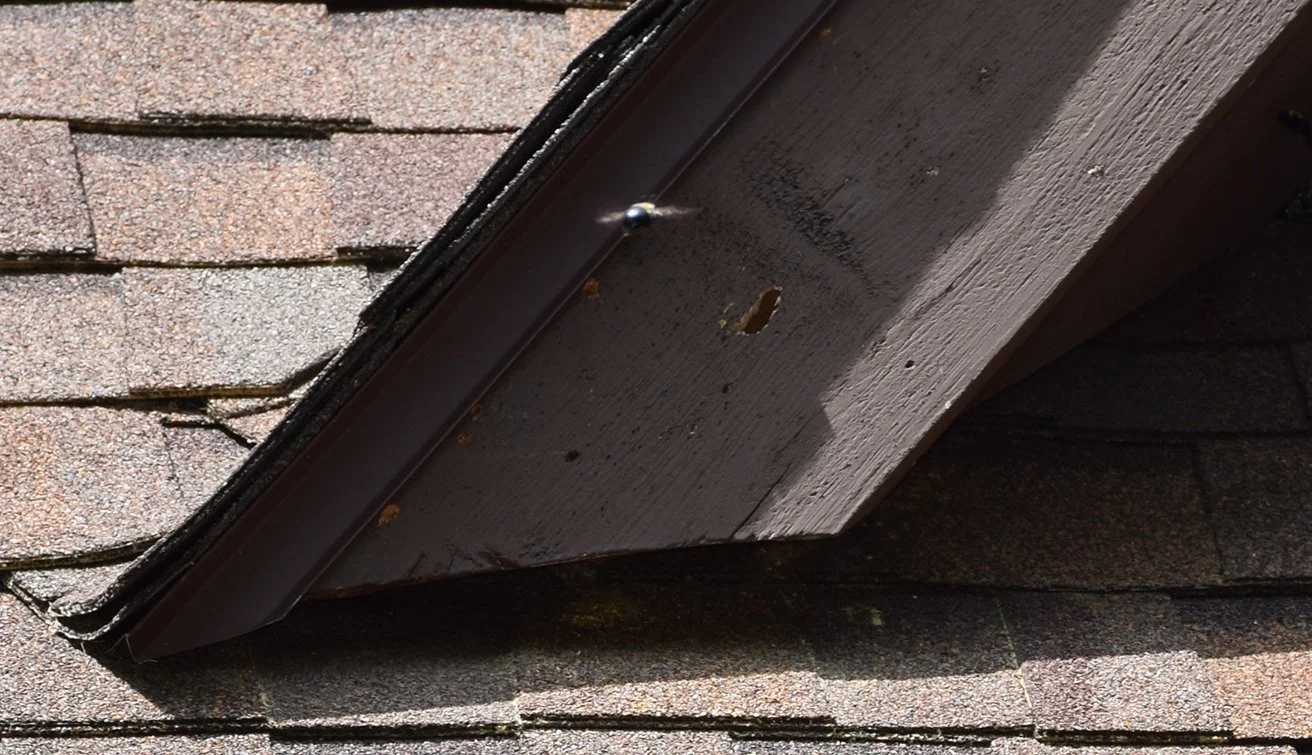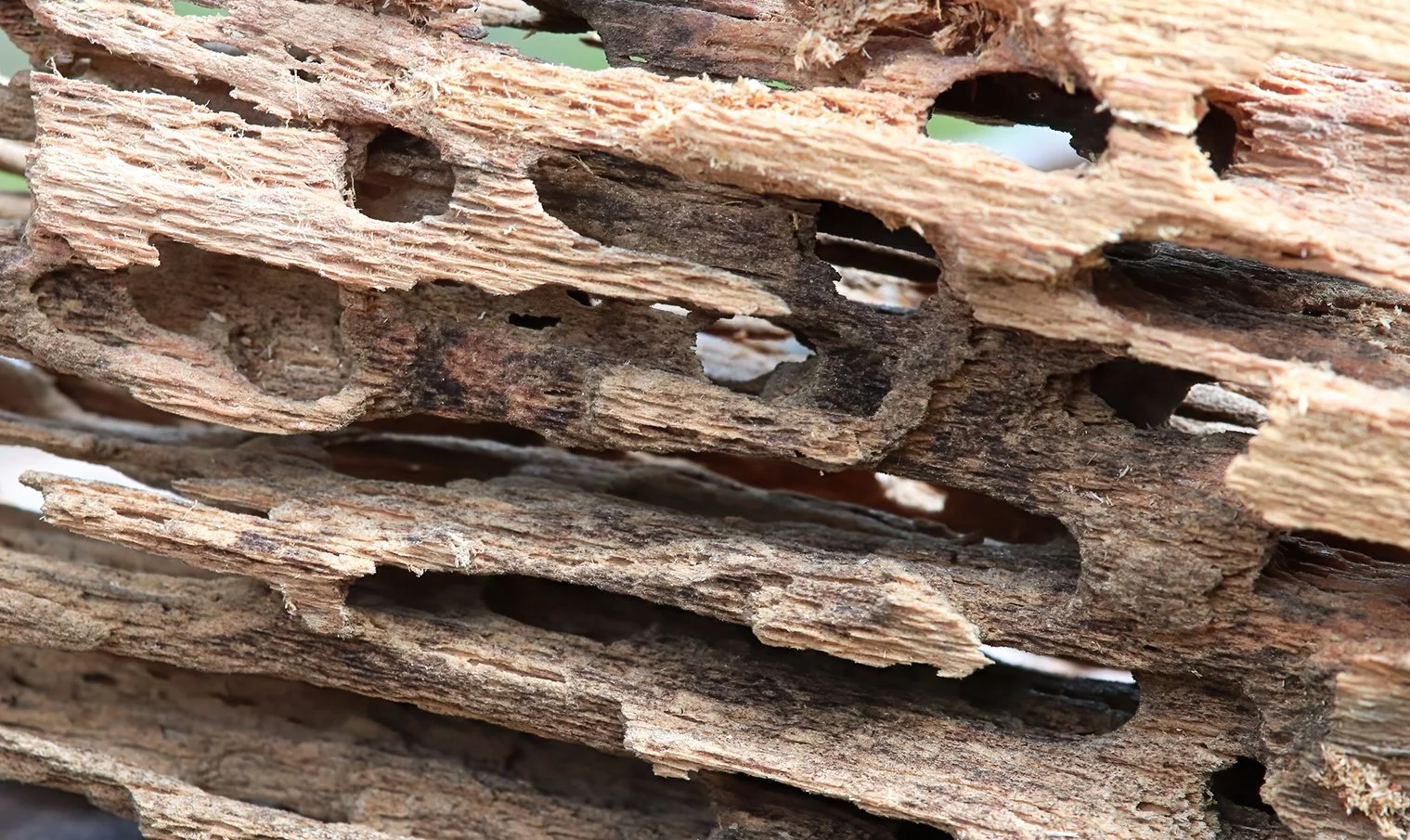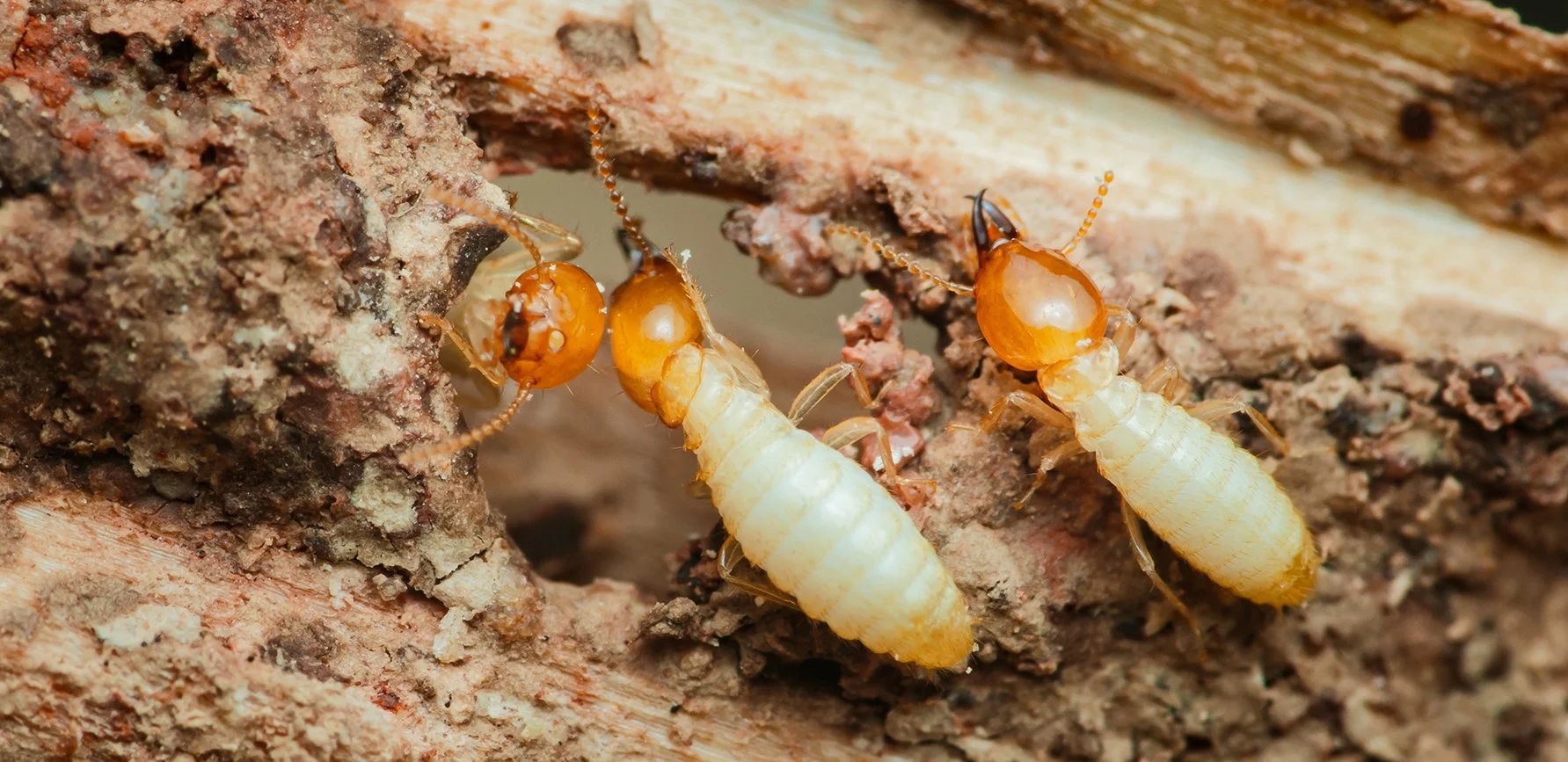Other WDO Insects
While subterranean and drywood termites often steal the spotlight, several less common wood-destroying insects in Southern California can quietly compromise the integrity of your home or property. Dampwood termites, carpenter bees, and carpenter ants may not be as widespread, but when present, they can cause damage.



Carpenter Ants in Southern California: More Than Just a Nuisance
Carpenter ants are one of the most common structural pests in Southern California—and one of the most misunderstood. Unlike termites, carpenter ants don’t eat wood. Instead, they excavate it to build extensive nests, weakening the structural integrity of homes, decks, fences, and other wooden elements over time.
These large black or reddish-black ants are often found in damp, decaying, or water-damaged wood, making them especially problematic in areas with plumbing leaks, roof damage, or poor ventilation. Once inside, they can expand their nests into dry wood, wall voids, and insulation, making them hard to detect and remove without professional help.
Dampwood Termites in Southern California: What You Need to Know
Dampwood termites are a lesser-known but highly destructive species of termite found in certain areas of Southern California. Unlike their drywood and subterranean relatives, dampwood termites prefer wood with high moisture content—often found in areas affected by leaks, poor drainage, or wood-to-soil contact.
These termites are larger than most other species and typically infest water-damaged wood in decks, support beams, fences, and other outdoor or poorly ventilated structures. Because they don’t need contact with soil and tend to remain hidden deep inside moist wood, infestations can go unnoticed until significant damage has been done.
Carpenter Bees in Southern California: Small Tunnels, Big Trouble
Carpenter bees may look like large, harmless bumblebees, but they can be a serious threat to wooden structures across Southern California. Unlike termites or ants, carpenter bees don’t eat wood—they drill into it to create tunnels and nesting chambers for their young. Over time, this tunneling can weaken decks, fascia boards, eaves, railings, and other exposed wooden surfaces.
These solitary bees are most active in spring and early summer, and they tend to return to the same nesting sites year after year, expanding and reusing tunnels, which amplifies the damage. In addition to structural harm, their presence often attracts woodpeckers, which further destroy wood while hunting for bee larvae.


